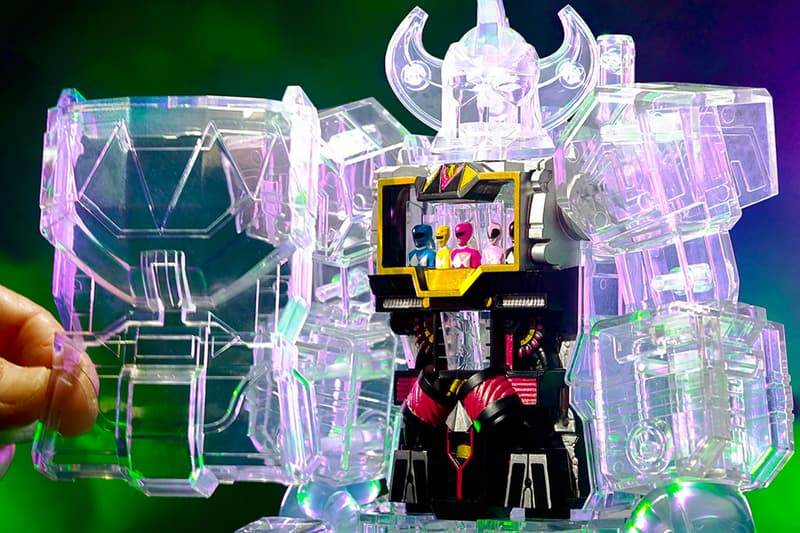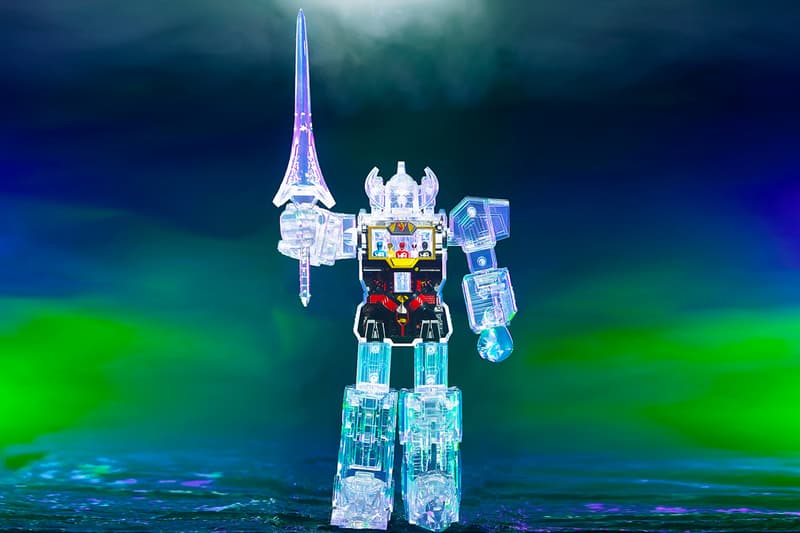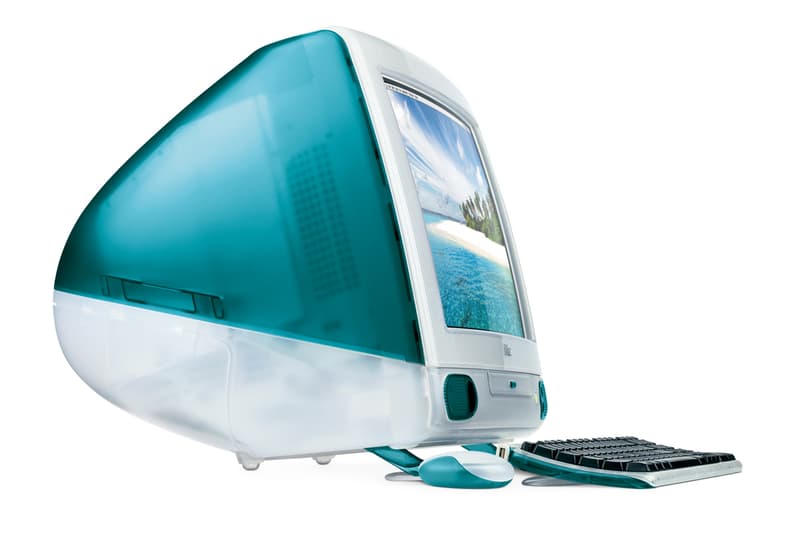

 Adding to its Super Cyborg Line, Super7 has released an x-ray take on the iconic Mighty Morphin Power Rangers Megazord.
Adding to its Super Cyborg Line, Super7 has released an x-ray take on the iconic Mighty Morphin Power Rangers Megazord.
Standing at 11 inches tall, the figure has nine points of articulation and is completely transparent. The full clear toy features accurate sculpting and proportions with a painted chest portion offering a look at the inner workings of Zord union. An opening chest panel also offers access to the Red Ranger, Black Ranger, Pink Ranger, Yellow Ranger and Blue Ranger piloting the mech.
Priced at $75 USD, the Super Cyborg Mighty Morphin Power Rangers Megazord (Clear) is available now on Super7’s website. NASA‘s Perseverance rover is no doubt the most technologically-advanced rover to ever land on Mars, but as it turns out, the processor it carries onboard is surprisingly the same one found on Apple‘s iMac from 1998. While it no doubt seems odd that despite setting NASA back $2.7 billion USD and being a machine used in one of the most demanding environments in scientific exploration so far, the Perseverance doesn’t at least carry one of the more modern processors offered by Intel or AMD, New Scientist explains that there are actually a few good reasons why modern processors wouldn’t be as good for the Mars rover as the ’90s model.
NASA‘s Perseverance rover is no doubt the most technologically-advanced rover to ever land on Mars, but as it turns out, the processor it carries onboard is surprisingly the same one found on Apple‘s iMac from 1998. While it no doubt seems odd that despite setting NASA back $2.7 billion USD and being a machine used in one of the most demanding environments in scientific exploration so far, the Perseverance doesn’t at least carry one of the more modern processors offered by Intel or AMD, New Scientist explains that there are actually a few good reasons why modern processors wouldn’t be as good for the Mars rover as the ’90s model.
According to the publication, the atmosphere on Mars offers less protection from harmful cosmic radiation and charged particles as compared to Earth’s, and both of these things can be extremely detrimental to modern-day processors, causing them to malfunction. Since the rover is so far removed from Earth, NASA wouldn’t be able to manually repair the machine and replace the broken processor with a new one, so NASA instead elected to use something much simpler, effectively reducing the number of things that could go wrong with it. Of course, they also installed a second computing module that serves as a backup in case the primary one does run into problems.
On top of this, even though the processor onboard the Perseverance shares the same specs as that of the 1998 iMac — single-core, 233MHz clock speed, and six million transistors — NASA’s very own version actually cost a staggering $200,000 USD to produce. The hefty price tag is apparently due to various modifications the agency had to make to the chip in order to sufficiently protect it from the radiation on Mars. With these properties, the processor actually turns out to be pretty popular within the industry, being employed on the Curiosity rover as well as the Fermi Space Telescope, the Kepler telescope, the Lunar Reconnaissance Orbiter, and more.

No comments:
Post a Comment